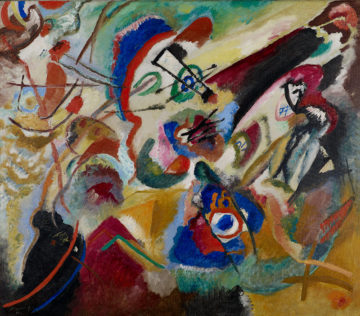Nicholas Humphrey in Aeon:
 Weiskrantz took a new approach with a human patient, known by the initials DB, who, after surgery to remove a growth affecting the visual cortex on the left side of his brain, was blind across the right-half field of vision. In the blind area, DB himself maintained that he had no visual awareness. Nonetheless, Weiskrantz asked him to guess the location and shape of an object that lay in this area. To everyone’s surprise, he consistently guessed correctly. To DB himself, his success in guessing seemed quite unreasonable. So far as he was concerned, he wasn’t the source of his perceptual judgments, his sight had nothing to do with him. Weiskrantz named this capacity ‘blindsight’: visual perception in the absence of any felt visual sensations.
Weiskrantz took a new approach with a human patient, known by the initials DB, who, after surgery to remove a growth affecting the visual cortex on the left side of his brain, was blind across the right-half field of vision. In the blind area, DB himself maintained that he had no visual awareness. Nonetheless, Weiskrantz asked him to guess the location and shape of an object that lay in this area. To everyone’s surprise, he consistently guessed correctly. To DB himself, his success in guessing seemed quite unreasonable. So far as he was concerned, he wasn’t the source of his perceptual judgments, his sight had nothing to do with him. Weiskrantz named this capacity ‘blindsight’: visual perception in the absence of any felt visual sensations.
Blindsight is now a well-established clinical phenomenon. When first discovered, it seemed theoretically shocking. No one had expected there could possibly be any such dissociation between perception and sensation. Yet, as I ruminated on the implications of it for understanding consciousness, I found myself doing a double-take. Perhaps the real puzzle is not so much the absence of sensation in blindsight as its presence in normal sight? If blindsight is seeing and nothingness, normal sight is seeing and somethingness. And surely it’s this something that stands in need of explanation.
More here.
